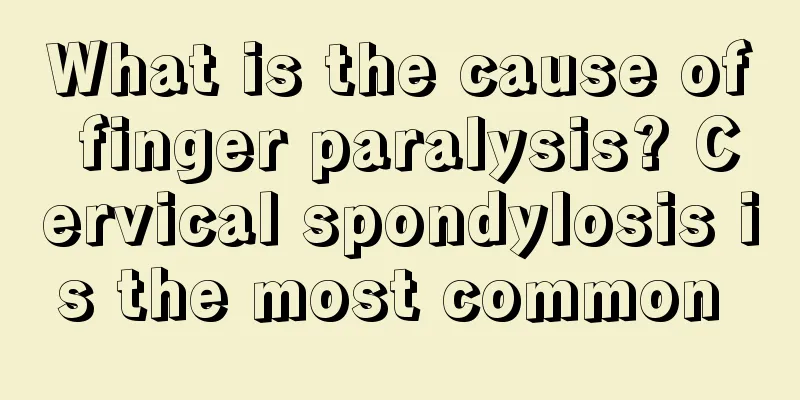Is gallstone serious?

|
Gallstones are a relatively common liver and gallbladder disease, which are quite harmful to patients. Gallstones are prone to recurring and cause biliary colic, a very severe pain that can even cause shock in patients. Gallstones can easily induce other liver-related diseases, such as cholecystitis, some liver disease manifestations, and even tumors. 1. Cause biliary colic Approximately 20% of patients with "asymptomatic" gallstones develop biliary colic each year. During the symptom-free intervals, the stones float around in the gallbladder, and the patient does not feel anything during these times. After a fatty meal or at night, gallstones are easily stuck in the neck of the gallbladder or in the cystic duct. Once the stones are stuck, the bile in the gallbladder cannot flow out, causing the pressure in the gallbladder to increase and the gallbladder to swell. In order to discharge its bile, the gallbladder has to strengthen its contraction. The rapid expansion and contraction of the gallbladder in a short period of time produces severe colic. This type of colic is often persistent and worsens in paroxysmal forms. In severe cases, shock or even life-threatening conditions may occur. 2. Various types of biliary inflammation In the past, people were only familiar with gallstones and cholecystitis, but now bile duct cancer is also very common, and patients with gallbladder cancer often have gallstones, which proves that gallbladder cancer and gallstones are directly related. There is information showing that gallbladder stones can cause gallbladder cancer. 3. Various types of biliary inflammation It is probably well known that gallstones lead to cholecystitis. In addition, some small stones fall into the common bile duct and are discharged into the duodenum. Each time they fall into the common bile duct, they can damage the hepatopancreatic ampulla sphincter at the end of the common bile duct. Repeated occurrence of this can cause stenosis of the end of the common bile duct, leading to common bile duct stones and gallstones in the pancreas. Some large stones that impact and compress the gallbladder and its adjacent organs may form intrabiliary fistulas, such as cholecystoduodenal fistula, cholecystotransverse colon fistula, cholecystocommon bile duct fistula, etc. 4. Causes Gallbladder Cancer An expert in hepatobiliary surgery said that in the past, people were only familiar with gallstones and cholecystitis, but now bile duct cancer is also very common, and patients with gallbladder cancer often have gallstones, which proves that gallbladder cancer and gallstones are directly related. Data show that about 0.5 to 1% of gallbladder stones are complicated by gallbladder cancer. This situation often leads to misdiagnosis, and statistics show that the misdiagnosis rate can reach 79.5%. Gallbladder cancer is often discovered during gallstone surgery, usually in the late stages, with extremely poor treatment outcomes, and the vast majority of patients die within a year. Director Lu pointed out that if early diagnosis is achieved and simple cholecystectomy is performed promptly for gallbladder cancer that has not metastasized, the 5-year survival rate can reach 92%. |
<<: What are the signs of a knee injury?
>>: How to treat uric acid stones
Recommend
What is the reason for coughing in the morning
Coughing is very common. There are good ways to i...
Is thyroid cancer serious? One of the four types of thyroid cancer has a high mortality rate
After suffering from thyroid cancer, the most imp...
How to extract loofah water
There are still many loofah skin care products on...
I feel like vomiting after eating
Nowadays, many girls go on a diet and don't e...
Can I apply aloe vera after the mole scabs?
After a mole is removed, a scab will form. You sh...
What are the aspects of the nursing plan for bone cancer
Bone cancer is very harmful to the human body. It...
Does it look good to have thin upper lips and thick lower lips?
The upper lip is thin and the lower lip is thick....
How long can you live after surgery for mid-term liver cancer
How long can you live after surgery for mid-stage...
Can soaking pepper in water help quit smoking?
Every smoker knows that smoking is harmful to hea...
What are the common methods to prevent ovarian tumors
The key to preventing ovarian tumors is to detect...
How should patients with melanoma be cared for
With the development of time and the changes in l...
Nursing elements for patients undergoing bladder cancer surgery
What kind of care do bladder cancer patients need...
What is the cause of viral herpes conjunctivitis?
Viral herpes conjunctivitis is a relatively commo...
What can make your skin whiter_What can make your skin whiter
There are many ways to whiten the skin. If you ma...
What are the main causes of wind-cold-dampness arthralgia?
Wind-cold-dampness arthralgia is a common medical...









